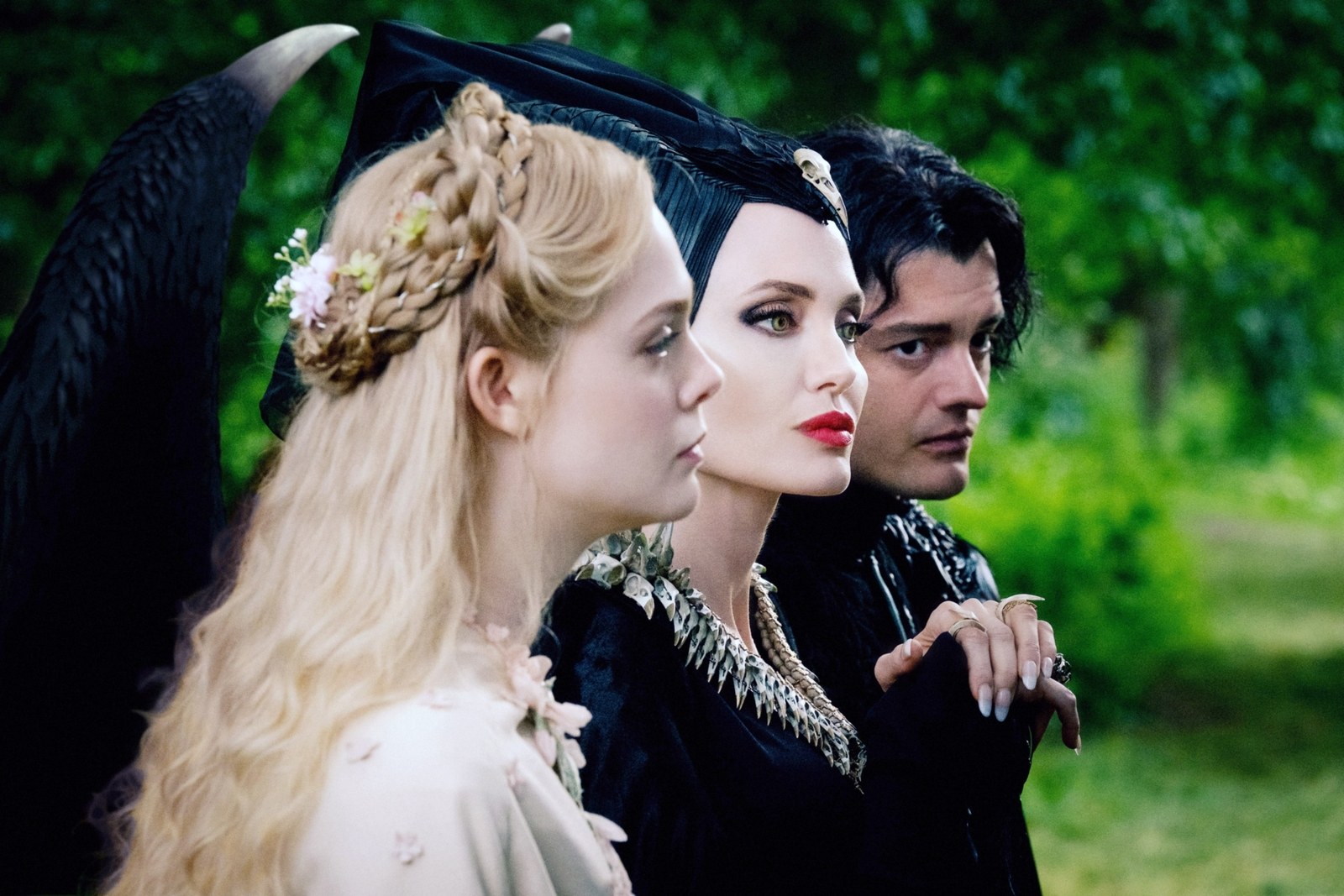Maleficent: Mistress of Evil Review: This Fairy Tale Updates the Disney Princess in Subtle, Powerful Ways

Maleficent: Mistress of Evil, Disney’s sequel to the 2014 retelling of Sleeping Beauty with Angelina Jolie that’s in theaters now, is sort of strange and dark for a fairy tale. And naturally, that’s what makes it so great. The movie covers a lot of things—motherhood, the loss of innocence, love, hate, immigration, power, magic—without losing focus. The costumes are, and I cannot stress this enough, excellent. And best of all, it honors the most enduring tropes of Disney fairy tales (spoiler: good triumphs over evil) while updating the princess narrative in subtle and powerful ways.
Just look at Aurora’s (Elle Fanning) story. She’s now 21 years old and engaged to Prince Philip. It’s hardly surprising or revolutionary that she’s marrying her first boyfriend, but we then learn they’ve been dating for five years. Five years! Compare that to the “love at first sight, married the next day” plot of, well, just pick a movie. Aurora is no sleepy princess, either. She’s the strong-willed barefoot queen of the Moors, the forest wonderland where magical creatures live, having given her previous castle to “the people.” We stan an egalitarian monarch.
Of course, this will come as no surprise to those who saw the first film, a decidedly feminist reboot of Sleeping Beauty. But Linda Woolverton—the screenwriter behind both Maleficent films and basically your entire childhood (Beauty and the Beast and The Lion King, hello!)—tells me that turning a tale of problematic true love on its head was a challenge at first. While writing the first film, she struggled with making the Disney villain sympathetic. “What on Earth happened to this woman that she was that pissed off?” she asked herself. And so, “I had to give her a real reason.”
The answer: She wrote a scene in which Maleficent is drugged by a paramour and wakes to find he’s cut off her wings. “It was…nothing we ever said out loud, but it feels like a date rape,” she tells me. “It’s funny, I worked really closely with Angelina Jolie on the whole script—she was fantastic—and we never actually said date rape. It wasn’t until after that it was like, ‘Oh, huh, that’s what that is.'”
That powerful metaphor in Maleficent’s backstory wasn’t the only twist in the first film, though. You may recall that it’s actually Maleficent herself who breaks the sleeping curse by kissing Aurora on the forehead. (Turns out the unconditional true love of a mother is greater than that of a random paramour’s.) That moment was yet another instance of Woolverton realizing, after the fact, what she had written. “For the first Maleficent, I was talking [in an interview] about the moment when Maleficent wakes Aurora up and gives this speech, and I broke down,” she says. “It was so terrible. I realized that the whole movie was an apology to my daughter for getting a divorce.” She adds, “I didn’t even realize it until that moment that the whole movie was about that.”
